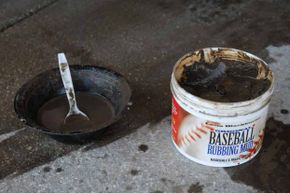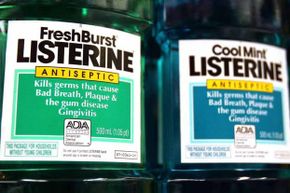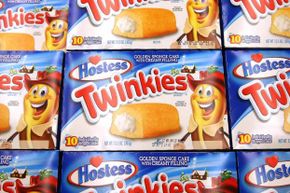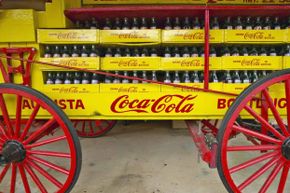We've all seen movies with a little industrial espionage -- Company A instructs one of its employees to get a job at its top competitor, Company B, then steal its coveted business secrets. Far-fetched? Hardly. Just a few years ago, two Coca-Cola employees tried to sell the Coke recipe to rival Pepsi [source: Watson].
Many companies have highly protected trade secrets or confidential business information that gives them some kind of an advantage in the marketplace. Businesses in the manufacturing, industrial and commercial sectors are most likely to have trade secrets, which can be anything from a recipe, formula or design to a device, piece of software or general know-how.
Advertisement
While the Coca-Cola recipe is a famous trade secret, corporate recipes in general often fall into this category, says Scott Testa, assistant professor of business at Philadelphia's Cabrini College -- in part because there's a certain romance involved with food. "When you hear talk of Coca-Cola maybe changing its formula, for example, then veterans remember how they drank Coca-Cola during the war and people start getting upset."
Then there are the trade secrets we know little about, but are worth billions. A prime example is Google's proprietary search algorithm, which helped it achieve dominance over the Internet.
Now let's take a look at 10 trade secrets, listed in no particular order -- that are worth a lot of money to the people that own them.




